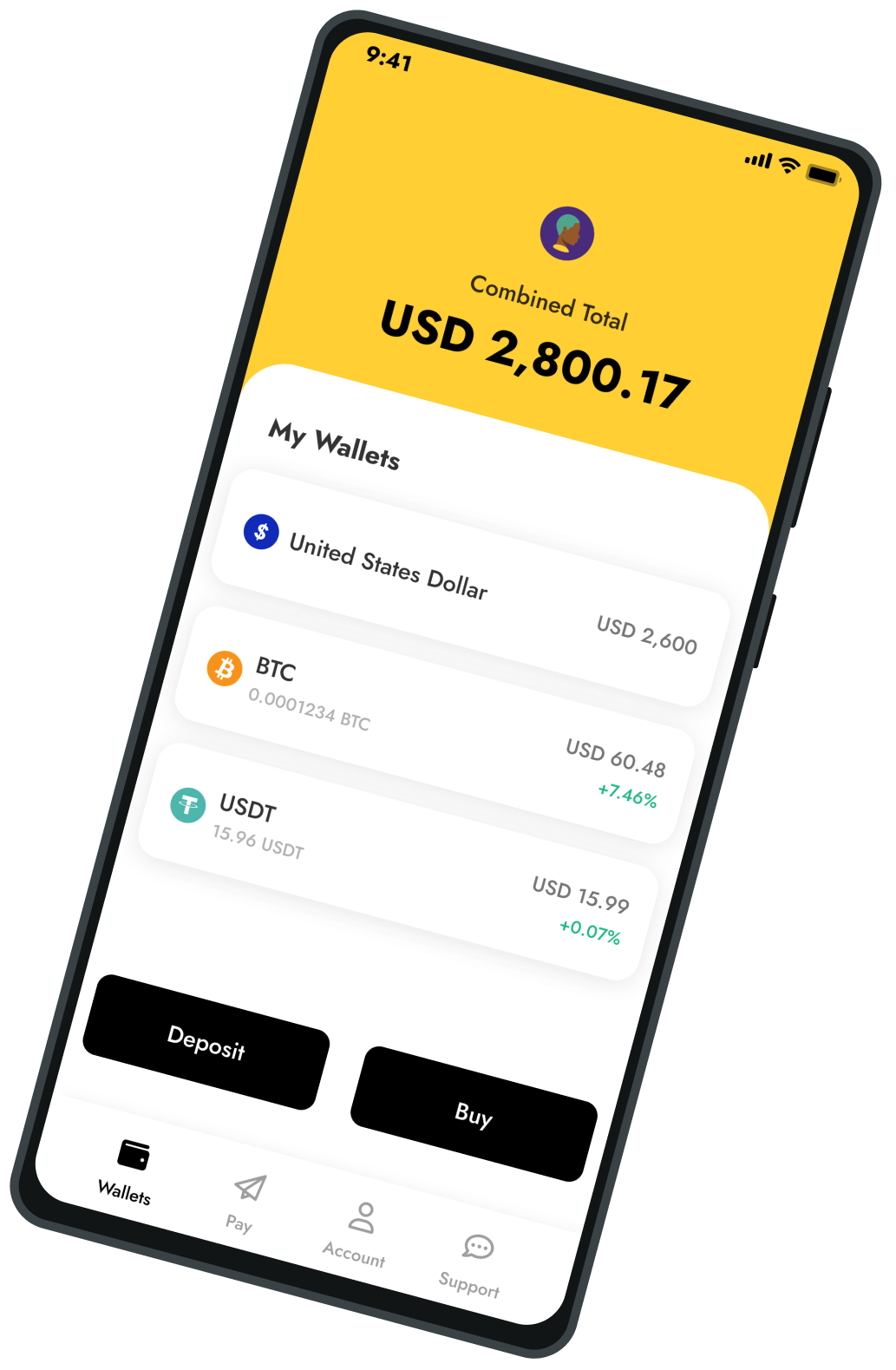The Fall Of Terra UST: Are Stablecoins Really Stable?
Insights
Back to blog
Clinton Nwachukwu
2022-06-09
Insights
In May of 2022, a lot of things happened in the crypto market that changed or questioned what crypto investors believed about digital assets and stablecoins in particular. Crypto investors are familiar with the volatility of cryptocurrency prices. However, a particular event that caught everyone by surprise was the sudden drop in the price of Terra UST which led to a crypto market crash. Why this was a major highlight in the crypto market was the fact that Terra UST was a stablecoin.
Just as the name suggests, stablecoins are assets pegged to the US dollar, or other fiat currency, or backed by a financial instrument that ensures its stability no matter the turbulence in the crypto market. Terra UST before its crash had almost the same value as the US dollar but was worth less than $0.20 when it crashed. The worst happened when its native coin, LUNA also crashed to less than $0.10.
All these events have birthed more awareness of the stablecoin buzzword, with many questioning whether stablecoins are truly stable. In a short while, we’ll need to understand the subject better and the future it holds for the future of decentralized finance.
What Is Stablecoin?
There are many types of cryptocurrencies and being able to differentiate them is the first step towards investing in the industry. ‘what is a stablecoin?’ is one of the questions that most newbie crypto enthusiasts ask today. A stablecoin is a type of cryptocurrency whose value is tied to that of another financial asset, usually the dollar. The value of a stablecoin being pegged to a dollar simply means that despite the market volatility, it is supposed to remain stable at $1. The most popular stable coin in the crypto market is the Tether which has more than $75 billion in circulation.
Types Of Stablecoin
There are two major types of stablecoins in the cryptocurrency market and this is further discussed below:
- Collateralised Stablecoins:
These are stablecoins that are backed by an asset, either precious commodities like gold, fiat (USD or EURO), or another cryptocurrency. For fiat based stablecoins like Tether, they are tied to the dollar at a 1:1 ratio. We have others like MakerDAO’s DAI stablecoin which has ethereum locked up for it. It should be noted that gold is not the only thing that can be used to back a collateralized stablecoin, other assets like oil, real estate, and other precious metals can be used. - Non-collateralised Stablecoin:
Among these types are stablecoins that are not backed by anything but make use of an algorithmic system to control demand and supply and generate more stablecoins. Smart contracts are used in non-collateralized stablecoins to sell tokens if the price falls below the peg or to supply tokens to the market if the value rises. As a result, the token maintains its stability and holds its peg. Typically when there is low trading of this type of stablecoin, the circulation supply will be low and vice versa.
Are Stablecoins Really Stable?
Worry and doubt were the expressions written on the faces of many crypto investors when Terra UST crashed and lost its peg to the US dollar. But there is an explanation for the events that led to the crash of this stablecoin (Terra UST). The team and developers of Terra used millions worth of bitcoin as the reserve of the stable coin. However, the price of bitcoin went down and so was the price of Terra UST. When the developers finally sold some of its bitcoin, it only led to the price of this stablecoin going down more.
The chief marketing officer of NiceHash, a cryptocurrency platform, Joe Downie, aired his views on the reason why Terra UST crashed in May 2022. In his words, he said, "Terra UST was never really a stablecoin from the start". He further amplified his opinion by saying "it was in an attempt to make something appear stable that they tried to be pegged to the dollar as much as possible. However, by being backed by their own currency instead of the US dollars, it was a recipe for disaster essentially."
The major takeaway from what Joe Downie said is that it is only those stablecoins that operated the way Terra UST did that should be worried about. The developers of a stablecoin should be transparent about the assets that are used to back up a stablecoin and the value of the backup asset.
Conclusion
Regardless of what happened, stablecoins will continue to exist. Stablecoins were primarily created because of the high volatility of the crypto market and its benefits cannot be overemphasized. They are usually pegged to fiats such as EUR or USD. Since the beginning of 2022, there has been a bear market but the major highlight was when Terra UST, a stablecoin crashed to less than $0.20. This raised some questions on whether stablecoins are really stable are they supposed to be. A quick look at the incidence of Terra UST showed that the crash of the stable coin was more the developer's fault and should not be generalised.
Disclaimer: This article is for information purposes only and should not be construed as legal, tax, investment or financial advice. Nothing contained in this article constitutes a solicitation, recommendation, endorsement or offer by Yellow Card to buy or sell any digital asset. There is risk involved in investing or transacting in digital assets, please seek professional advice if you require one. We do not assume any responsibility or liability for any loss or damage you may incur dealing with digital assets. For more information on Digital Asset Risk Disclosure please see - Risk Disclosure.



